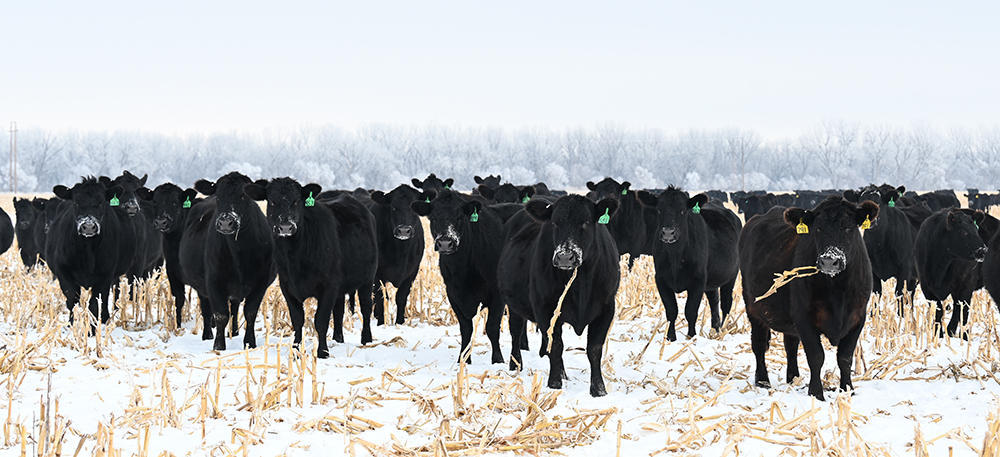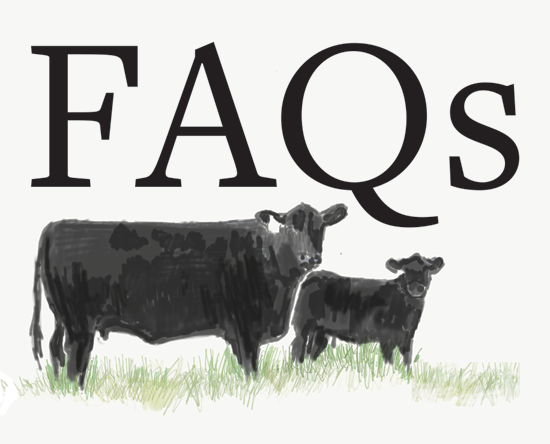
Winter Weather Requires Major Shift in Cattle Management
Adequate nutrition, water access and bedding are just some of the considerations ranchers should address ahead of winter storms.
“Winter weather is here, and storms are in the forecast,” said Zac Carlson, NDSU Extension beef cattle specialist, just ahead of the storms that blanketed cow country mid-December. “This storm may bring heavy snow, cold temperatures and raging winds. Cattle feel the effects of extreme weather, and producers need to make sure the provided feed is meeting the energy and protein needs of the cow herd.”
Do You Have Mold and Mycotoxins in Your Silage?
Tips for testing silage.
by Mary Drewnoski, University of Nebraska–Lincoln
We typically suggest getting forage tested to determine nutrient content such as energy and protein. With silage, additional testing may be needed, especially when grown under stressed conditions and/or put up in less-than-ideal conditions. The presence of mold in silage can decrease the energy value, feed intake and performance of cattle. Additionally, some molds produce harmful mycotoxins that can affect animal production and health.
Coccidiosis Affecting Calves in North Dakota
Coccidiosis is an intestinal parasite that may contaminate feed and water.
Ranchers in North Dakota have been observing calves showing signs of coccidiosis this fall and winter, says Gerald Stokka, North Dakota State University Extension veterinarian. The intestinal disease affects several animal species. In cattle, it may produce clinical symptoms from 1 month to 1 year of age, but it can infect all age groups.
December 6, 2022 | Vol. 15 : No. 12
Purchased Hay: the Extra Costs
Tips to consider when buying hay.
Winter is finally here. For some, dry weather has resulted in a lower than desired hay inventory. While we can reduce demand by adjusting rations or selling animals, purchasing hay may be the best option to fill in a feed gap.

